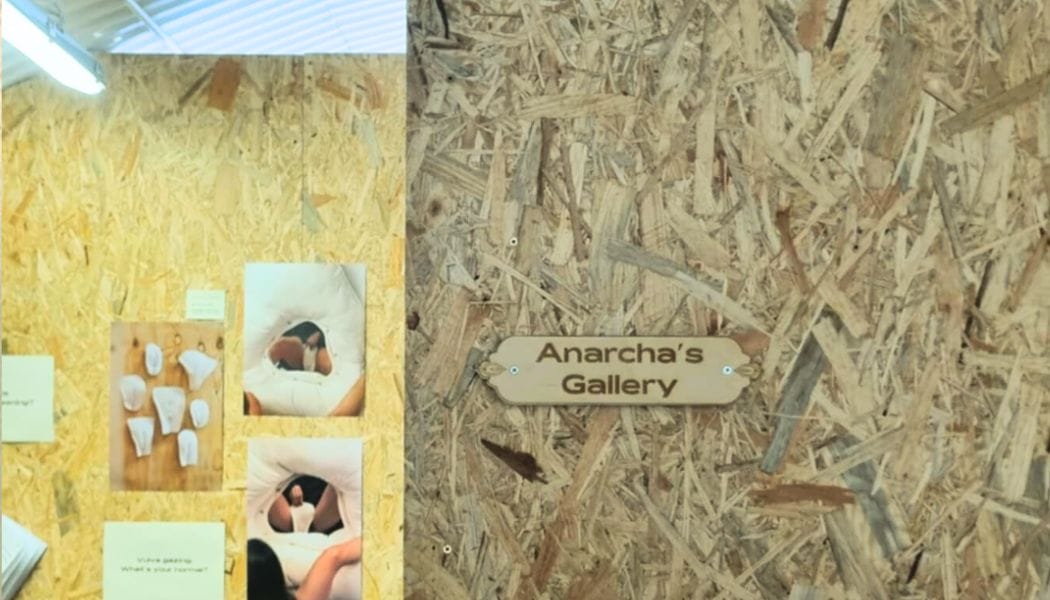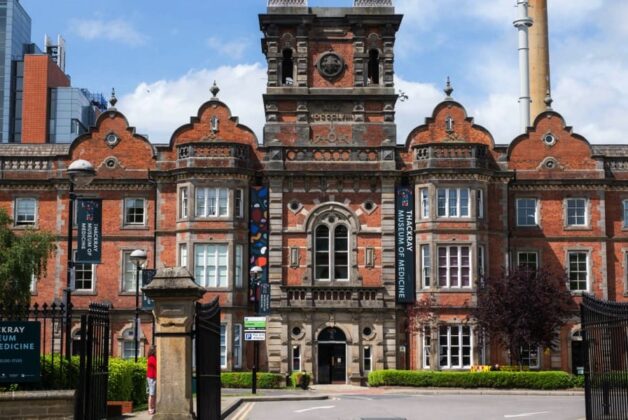Alistair Hardaker
Image: A sign for the newly named Anarcha's Gallery at The Vagina Museum
After recently renaming its galleries in honour of three historic women, the museum explains why it chose to do so without sponsorship
Earlier this month, London’s Vagina Museum announced that its three galleries would be renamed – not as a namesake to a donor or brand – but in honour of three women dubbed the 19th Century ‘Mothers of Gynaecology’.
The enslaved Black women suffered injuries following childbirth, and were subsequently subjected to multiple experimental surgeries in the 1840s, performed without anaesthesia.
The museum’s new Betsey’s Gallery, Anarcha’s Gallery, and Lucy’s Gallery are named after the trio, Betsey, Anarcha and Lucy.
The renaming bucks a trend, which sees galleries typically renamed as part of a sponsorship deal. It was a decision the museum’s staff had thought about at length.
Vagina Museum renames galleries in honour of ‘Mothers of Gynaecology’ trio
“In naming our galleries after Lucy, Betsey and Anarcha, we are aware that we have cut off a possible avenue for sponsorship”, Zoe Williams, the museum’s Interim Director told Advisor, “but in this instance the benefits vastly outweigh the potential for income generation,”
“There’s a movement in recent years towards every square inch of a museum space being treated as a commercialisable asset. This is, of course, in response to a broad crisis in other funding across the sector. However, this commercialisation can sometimes come at the expense of a museum fulfilling its purpose in education and engaging its community with heritage.”
Williams said the renaming would act to “acknowledge this horrific and unnecessary violence, and usher the women and the racist ecosystem in which such harms were inflicted into public discourse.
“Every time someone visits the Vagina Museum, Lucy, Betsey and Anarcha’s names will be said, and their role in the history of gynaecology will be recognised”, which is “a more pressing priority than income generation.”
Getting sponsorship right
The museum has, in recent years, turned to crowdfunding to raise significant capital. Asked if sponsorship was ever an avenue for the museum, Williams confirmed, pointing to The Body Shop as an example of an exhibition sponsor, who it worked with between 2020-2022.

But Williams said sponsorship hasn’t been entirely reliable as an avenue for capital for two reasons.
For smaller brands and start-ups, like those with a link to the museum’s focus such as those in the gynaecological health sector, Williams said budget constraints make it difficult for a partnership to be “financially viable for both parties”.
“Meanwhile, with bigger brands, there is a huge problem with sexism. Essentially, we’ll have very fruitful conversations which reach quite a late stage with their team, only for a man in a more senior position who ultimately holds the purse strings to pull the plug on the project.
“Suffice to say, in my five years at the Vagina Museum, this has happened more than once.”
“Part of the reason we’ve delayed our upcoming Menopause: What’s Changed exhibition is in order to pursue conversations with potential sponsors for all or part of the exhibition.”
Williams said “with the right partners we can make beautiful things happen”, but, “there are certain requests which we would always say no to. However, these scenarios are fairly rare and we’re very open to discussion about how we can work together.”





